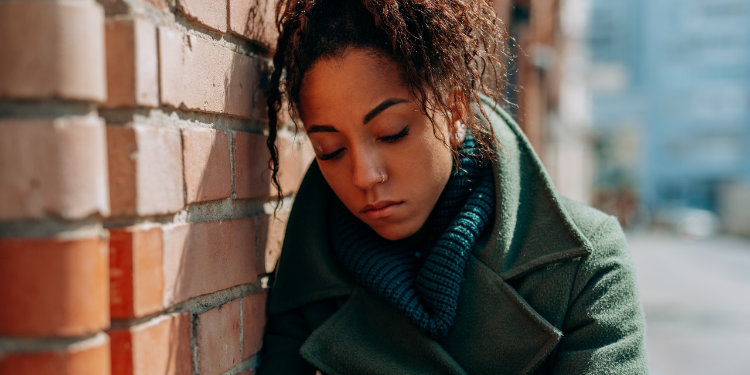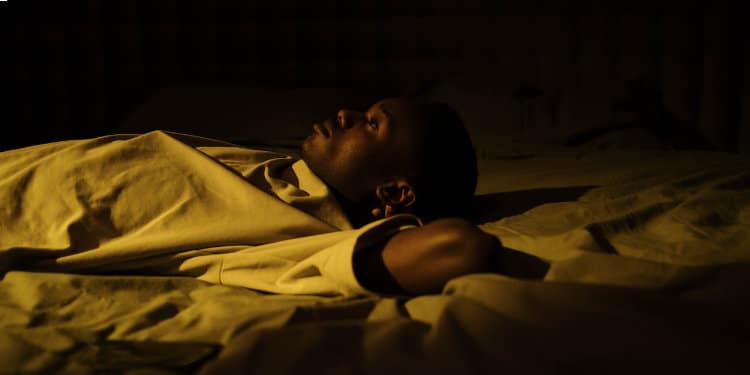








Millions of people are diagnosed with depression every year. Depression has a range of different presentations, which are often categorized by severity and symptoms. Crippling depression is a term used to describe a type of depression that is characterized by depressive symptoms that are so severe they limit the person’s ability to function normally and complete basic tasks.

People living with crippling depression may feel as though their life has come to a halt. They may stop functioning entirely, resulting in consequences such as job loss, dropping out of school, or significant family and relationship disruptions. For some people, crippling depression occurs in brief episodes, lasting just a few days or weeks before symptoms begin to ease. For others, however, crippling depression remains resistant to interventions and becomes a lifelong challenge.
The symptoms of crippling depression can vary in their presentation from person to person. Generally, a person labeled as having crippling depression would first receive a diagnosis of major depressive disorder (MDD). In addition to the core symptoms that overlap with typical MDD, the major characterizing feature of crippling depression is the significant impact it has on one’s ability to engage in daily activities, leading many people living with crippling depression to qualify as being disabled.
Symptoms of crippling depression may include:
Symptoms can appear suddenly or build gradually over time. A person dealing with crippling depression may feel distant, aloof, disinterested, and withdrawn. They also often have major changes in their behaviors which can manifest in physical symptoms such as major weight changes and poor hygiene.
Similar to many other mental health conditions, crippling depression has no one root cause. However, research has found that there is a high level of heritability for severe depression. It is estimated that around 50% of people experiencing severe depressive disorders, such as crippling depression, have a genetic predisposition to the disorder.[1]
Genetics only explains some of the potential contributing causes to developing crippling depression. It is commonly thought to arise from a combination of genes, brain chemistry, history of trauma, environmental factors, and comorbid health conditions.[2]
Some common risk factors for developing crippling depression include:
Certain mental health and medical conditions may elevate a person’s risk of crippling depression or further contribute to symptoms.
Comorbid mental health conditions contributing to crippling depression include:
Medical conditions that may cause or contribute to crippling depression include:
In some cases, crippling depression can be exacerbated due to side effects from medications or other substances. Some common medications such as anticonvulsants, beta-blockers, opioids, and benzodiazepines can cause or worsen symptoms of depression.[3] Talk to your doctor immediately if you experience significant noticeable depressive symptoms after starting a new medication.
There are a variety of approaches that can be used to treat crippling depression. It is common for people living with crippling depression to try multiple treatment regimens without finding something that works for them. Emerging research is now offering effective alternatives to traditional antidepressant therapies, which brings a great deal of hope to those who have been unable to find relief from their symptoms.
Ideally, treatment for crippling depression includes a combination of medication, talk therapy, and lifestyle changes.
Once you have been diagnosed as having MDD, your doctor may prescribe medication to help reduce your symptoms. Commonly prescribed medications include antidepressants, anti-anxiety or sedative medications, and/or mood stabilizers. Medication is often the first line of treatment for crippling depression due to the severity of the symptoms.
Your doctor may prescribe a single medication or a combination of medications, known as dual therapy or augmentation therapy. It is common for treating physicians to test several different compounds and doses to find what works best for reducing your symptoms.
Many people living with crippling depression have treatment resistance, which is generally defined as not responding to two or more effective therapies. In these cases, traditional alternatives include somewhat invasive procedures such as vagus nerve stimulation or electroconvulsive shock therapy (ECT). However, in recent years alternative options such as ketamine infusion therapy have been showing great promise as a rapid and safe way to bring relief to people with severe symptoms of depression, especially when suicidal ideation is present.[4]
Psychotherapy, or talk therapy, can be an excellent part of a treatment plan for people experiencing severe symptoms of depression. Talk therapy focuses on working through many of the symptoms, identifying triggers, and strengthening coping mechanisms. It may be challenging to attend therapy sessions, depending on the severity of the depressive symptoms. Fortunately, there are now a plethora of providers of online therapy services as well as mental health apps available to help people begin taking these important steps.
Interpersonal therapy (IPT) and cognitive behavioral therapy (CBT) have both been shown to be effective in reducing symptoms of depression. These therapies focus on talking through problems and feelings while learning how to change thoughts and behaviors. As a result, through sessions, clients feel more in control of their reactions to emotions, thoughts, and difficult situations.
There are many different types of therapy, such as group therapy, dialectical behavior therapy, or acceptance and commitment therapy that may also be effective. It is crucial to find a therapist you enjoy working with to optimize your progress in talk therapy. Depending on the severity of the depression, it may be necessary to find an effective medication protocol before therapy begins.
Positive lifestyle changes can be implemented as part of a treatment plan to reduce symptoms and help to improve the quality of life for people with crippling depression. Learning effective and practical techniques to help reduce stress, boost confidence, and feel more engaged in society may be extremely helpful.
For some people, it may be as basic as scheduling a daily shower, whereas others may be able to take a daily walk, eat a cooked meal, meditate, or even engage in a scheduled social activity. People with crippling depression should reach out to loved ones or support groups to help with accountability and enforcing positive life changes. Joining an online writing group, class, or similar activity can also be helpful.
Efforts should be made to avoid the use of substances such as alcohol and drugs, as they can make the symptoms of depression worsen.
Living with crippling depression can be incredibly challenging. Dealing with daily responsibilities such as self-care, kids, work, and everyday life can feel daunting and even impossible.
Getting a diagnosis is a very important first step toward determining an effective treatment plan for crippling depression. Given that the presentation of symptoms is unique for each individual, treatment plans will also be unique to you and your needs.
Finding effective treatment and sticking with basic positive changes may feel impossible but committing to making an effort every day can help. Do not be afraid to reach out for help if you are experiencing symptoms of crippling depression that are interfering with your ability to go about your daily life. Finding some relief is possible even though it may feel like an overwhelming task.
References